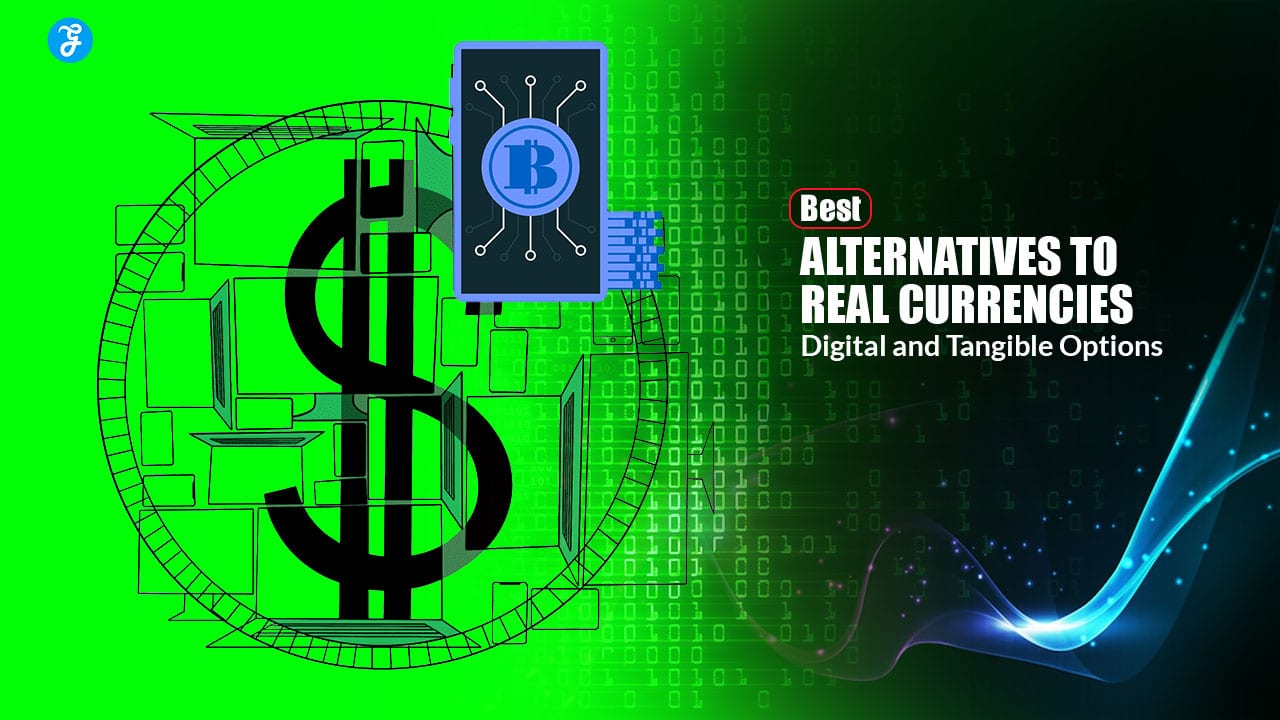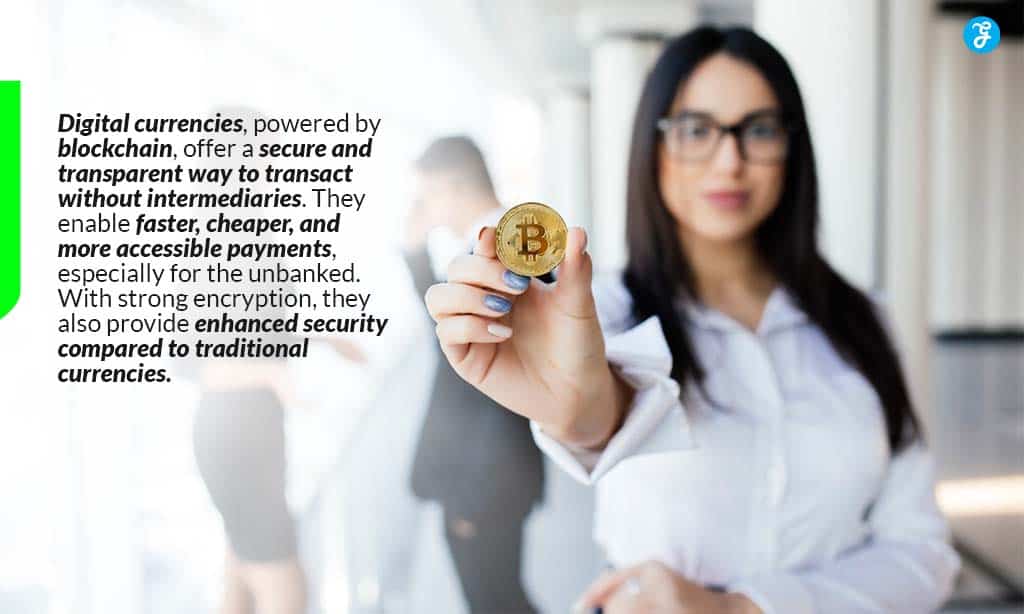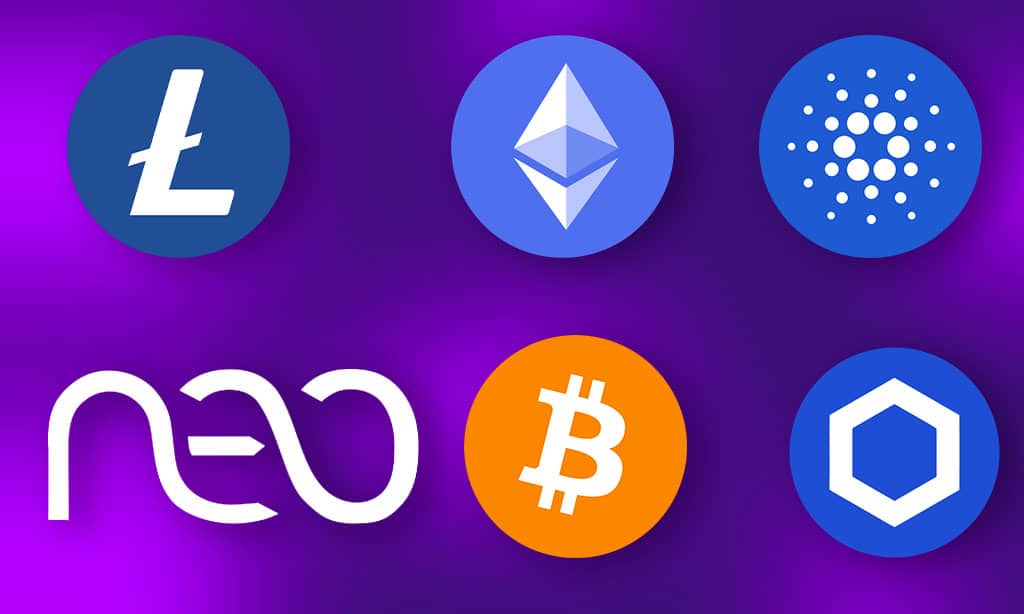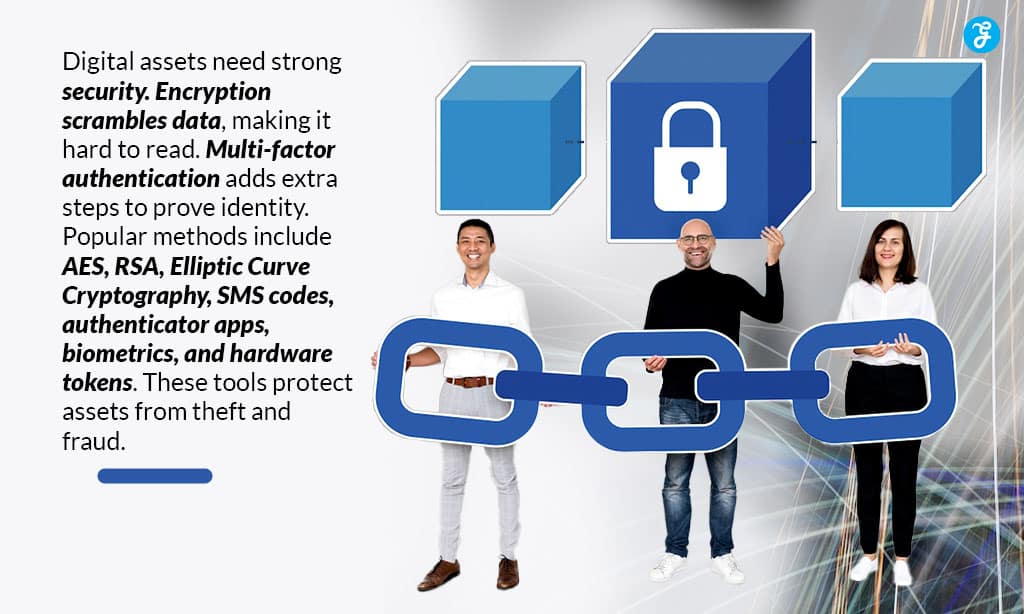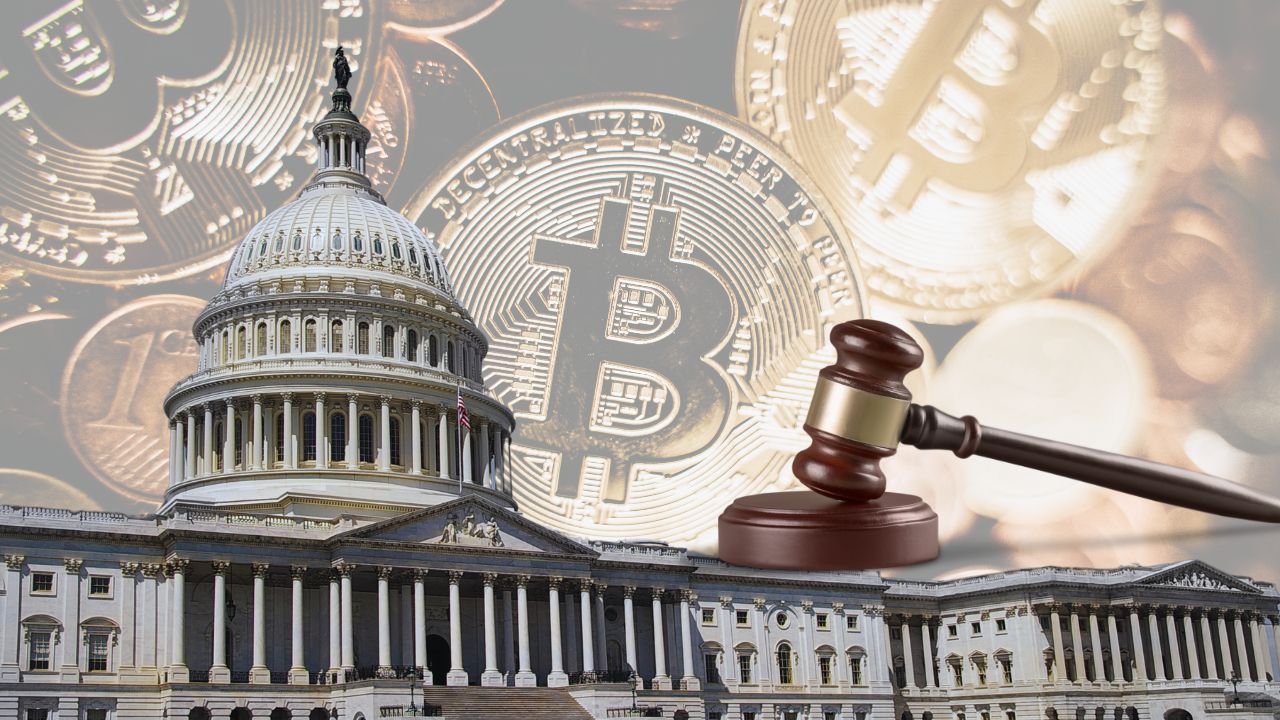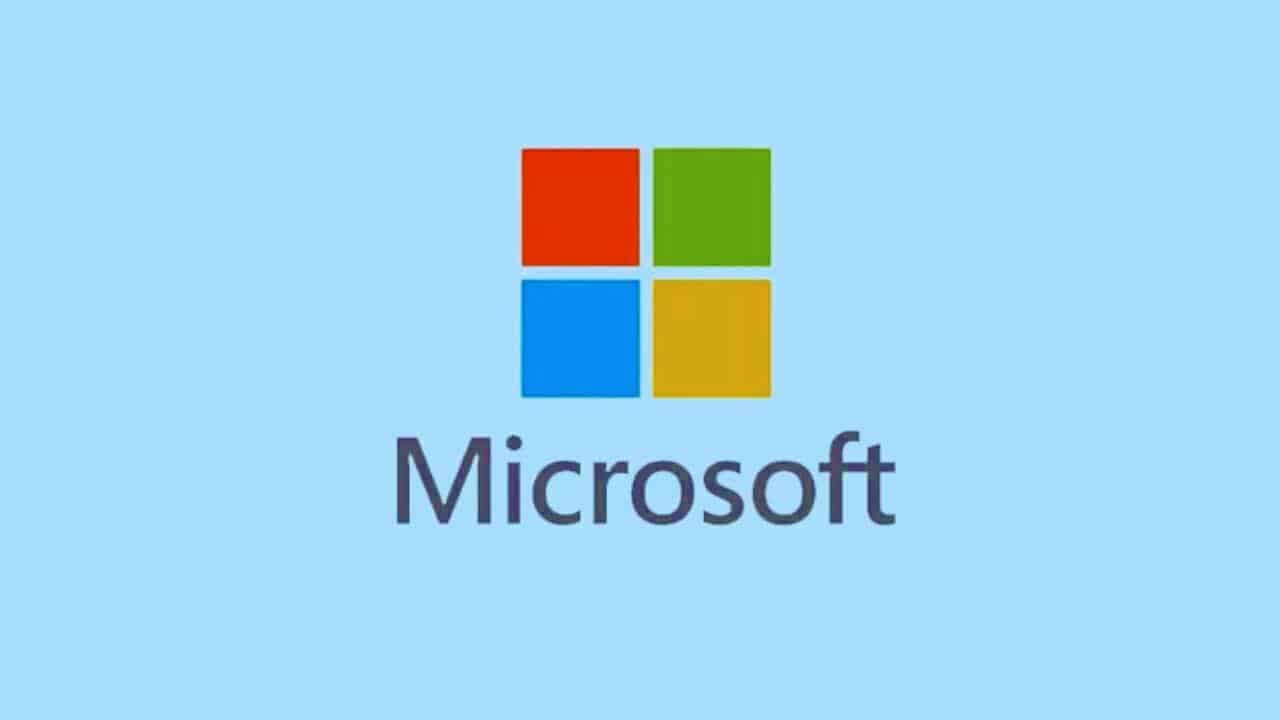Money makes the world go round, but it’s not just about dollars and cents anymore. There are many alternatives to traditional currencies that people use to buy goods and trade with each other. These options range from digital coins to local community money.
You might wonder why anyone would want something different from regular money. Some people like the idea of having more control over their finances. Others want to support their local economy or try out new tech. Whatever the reason, these currency alternatives are changing how we think about money.
This article will introduce you to the best alternatives to real currencies in 2024.
Understanding Digital Currencies
Digital currencies are changing how we think about and use money. They offer new ways to pay, save, and trade without physical cash. Let’s explore the technology behind them and why they’re gaining popularity.
Blockchain Technology
Blockchain is the backbone of most digital currencies. It’s a secure digital ledger that records all transactions. Each transaction is a “block” in a long chain of data. This chain is stored across many computers, making it hard to hack or change.
Blockchain keeps digital money safe and transparent. You can see every transaction, but personal info stays private. This tech also lets people send money directly to each other. No banks or middlemen are needed.
Benefits Over Traditional Currencies
Digital currencies have some big perks. You can send money anywhere in the world quickly and cheaply. No more waiting days for bank transfers or paying high fees.
They’re also great for people without bank accounts. All you need is a smartphone to start using digital money. This helps many people join the global economy.
Digital currencies can be safer too. They use strong encryption to protect your money. Plus, you don’t have to carry cash or worry about it being stolen.
Best Alternatives to Real Currencies in 2024
Here, we will introduce you to the 20 best alternatives to real currencies that are digital and tangible in 2024.
1. Bitcoin
Bitcoin is the first and most famous cryptocurrency. By using the name Satoshi Nakamoto, an unidentified person created it in 2009. Bitcoin operates on a decentralized network, meaning no single authority controls it.
You can use Bitcoin to buy goods and services online or trade it for other currencies. Many see it as a store of value, like digital gold. Bitcoin’s price has been very volatile, with big ups and downs over the years.
To get Bitcoin, you can buy it on exchanges, accept it as payment, or “mine” it using powerful computers. Bitcoin transactions are recorded on a public ledger called the blockchain. This technology helps prevent fraud and double-spending.
2. Ethereum
Ethereum is a popular digital currency and blockchain platform. It’s the second-largest cryptocurrency by market value after Bitcoin. You can use Ethereum to send and receive payments or build apps.
Ethereum uses smart contracts. These are programs that run automatically when certain conditions are met. This feature makes Ethereum useful for many different types of applications.
The native currency of Ethereum is called Ether (ETH). You can buy, sell, or trade ETH on cryptocurrency exchanges. Many people also use ETH for investing or as a store of value.
Ethereum is known for its flexibility and wide adoption. Developers use it to create decentralized apps (dApps) and other blockchain projects. This has led to a large and active community around Ethereum.
3. Litecoin
Litecoin is a popular cryptocurrency that aims to improve on Bitcoin’s design. Created in 2011, it offers faster transaction speeds and lower fees than Bitcoin.
Litecoin uses a different mining algorithm called Scrypt. This makes it easier for regular people to mine Litecoin with basic computers.
You can use Litecoin to buy things or send money quickly around the world. Many crypto exchanges let you trade Litecoin for other currencies.
Some see Litecoin as “digital silver” compared to Bitcoin’s “digital gold.” It has a larger supply limit of 84 million coins versus Bitcoin’s 21 million.
4. Ripple
Ripple is a digital currency and payment network that aims to make global transactions faster and cheaper. It uses XRP as its native cryptocurrency. Ripple can process payments in just 3-5 seconds, much quicker than traditional banking systems.
You’ll find Ripple useful for cross-border payments and currency exchanges. It works with many banks and financial institutions worldwide. This gives it real-world applications beyond just being a cryptocurrency.
XRP, Ripple’s token, is different from other cryptocurrencies. It’s pre-mined, meaning all coins already exist. You can’t mine new XRP like Bitcoin or Ethereum.
Ripple offers low transaction fees compared to other payment systems. This makes it attractive for businesses and individuals who need to move money internationally.
5. Monero
Monero is a privacy-focused cryptocurrency that offers strong anonymity features. It hides transaction details, making it hard to trace who sent or received funds. This makes Monero popular for those who value financial privacy.
You can use Monero like other digital currencies, to buy goods or services online. Its technology scrambles transaction information, so no one can see how much money you sent or to whom.
Monero uses a special mining system that lets regular computers participate. This helps keep the network decentralized. The coin has gained attention for its focus on privacy, but some worry it could be used for illegal activities.
As of 2024, Monero remains one of the top privacy coins in the crypto world. Its strong security features make it an interesting alternative to traditional money for those who want to keep their finances private.
6. Tether
Tether is a popular stablecoin in the crypto world. It’s tied to the US dollar, aiming to keep a steady value of $1 per coin. You can use Tether to trade other cryptocurrencies or as a way to store value.
Many exchanges support Tether, making it easy to buy and sell. It’s also widely used for moving money between different crypto platforms. Some people like Tether because it can be faster and cheaper than traditional bank transfers.
But Tether has faced questions about its reserves. Some worry if it really has enough dollars to back all its coins. Despite this, it remains one of the most used stablecoins in the market.
7. Dogecoin
Dogecoin started as a joke in 2013 but grew into a popular cryptocurrency. It features the Shiba Inu dog from internet memes as its mascot. You can use Dogecoin to buy goods and services or trade it on exchanges.
The coin gained fame when Elon Musk tweeted about it. This caused its value to jump dramatically. Dogecoin has a large, active community of supporters who promote it online.
Unlike Bitcoin, there’s no limit on how many Dogecoins can be created. This means its supply keeps growing. You can “mine” new Dogecoins using computer power, like other cryptocurrencies.
Dogecoin transactions are fast and have low fees. This makes it good for small purchases and tipping content creators online. While it’s less stable than major currencies, some see it as a fun way to learn about crypto.
8. Polkadot
Polkadot is a unique blockchain platform that aims to connect different networks. It lets you transfer data and assets across chains easily.
Polkadot uses a system of parachains. These are separate blockchains that run in parallel. This design helps Polkadot handle more transactions and scale better than some other networks.
You can use Polkadot’s native token, DOT, for various purposes. These include staking, governance, and paying transaction fees. Polkadot also offers strong security through its shared security model.
As an alternative to traditional currencies, Polkadot provides flexibility and interoperability. It allows you to access different blockchain ecosystems from one place.
9. Chainlink
Chainlink is a unique cryptocurrency that stands out in the digital world. It’s not just another token – it’s a powerful tool that connects blockchains to real-world data.
You might wonder why this matters. Well, Chainlink helps smart contracts work with information from outside the blockchain. This opens up a whole new world of possibilities.
Unlike many cryptocurrencies, Chainlink has shown strong growth. It’s one of the few digital assets that’s seen significant price increases recently.
Chainlink uses a network of “oracles” to fetch and verify data. This makes it more reliable and resistant to tampering than other options.
If you’re looking for a crypto with real-world use cases, Chainlink could be worth your attention. Its unique features set it apart in the crowded cryptocurrency market.
10. Bitcoin Cash
Bitcoin Cash is a popular alternative to traditional money. It was created in 2017 when it split from Bitcoin. You can use it to make fast and cheap payments online.
Bitcoin Cash works like Bitcoin but has some key differences. It can handle more transactions per second. This makes it better for everyday purchases. You can buy things or send money to friends quickly with low fees.
Many online stores and services accept Bitcoin Cash. You can also trade it on cryptocurrency exchanges. Its value changes based on supply and demand, just like other digital currencies.
11. Cardano
Cardano is a popular cryptocurrency that offers an alternative to traditional money. It’s built on a special type of blockchain that’s more eco-friendly than some other digital coins. You can use Cardano to send money quickly and cheaply around the world.
The team behind Cardano focuses on scientific research to make their system better. They’re always working on new features to improve how it works. Many people like Cardano because it’s trying to solve real-world problems.
Cardano’s coin is called ADA. You can buy and sell ADA on many cryptocurrency exchanges. Some investors think it could be a good long-term investment. But remember, all cryptocurrencies can be risky and their prices change a lot.
12. Tezos
Tezos is a blockchain platform that offers an alternative to traditional currencies. It lets you create and use digital assets. You can also build apps on Tezos.
The platform uses smart contracts, which are self-executing agreements. This makes transactions faster and more secure. Tezos calls itself “smart money” because it’s both a currency and a technology platform.
One unique feature of Tezos is its ability to upgrade itself. This means it can adapt to new technologies without splitting the network. You can also vote on proposed changes to the system.
Tezos uses a proof-of-stake system. This allows you to earn rewards by holding and “staking” your Tezos tokens. It’s more energy-efficient than some other cryptocurrencies.
13. Stellar
Stellar is a digital currency that aims to make global money transfers quick and cheap. It connects banks, people, and payment systems across the world.
You can use Stellar to send money internationally in seconds. The fees are very low – less than a penny per transaction. This makes it great for sending small amounts.
Stellar’s network is open and anyone can use it. You don’t need permission from a bank or government. The system works 24/7 without breaks.
Many see Stellar as a good alternative to traditional money. It’s faster and cheaper than bank wires. You can also exchange different currencies easily on the Stellar network.
14. NEO
NEO is a digital currency and blockchain platform that aims to build a “smart economy.” It uses smart contracts to digitize assets and manage them through digital identities.
You can use NEO for fast and low-cost transactions. The platform supports multiple programming languages, making it easier for developers to create decentralized applications.
NEO has two tokens: NEO and GAS. NEO represents ownership of the network, while GAS is used to pay for transactions and smart contract execution.
The project focuses on compliance with regulations, which could help with wider adoption. NEO’s technology allows for high transaction speeds, potentially making it useful for real-world applications.
15. Dash
Dash is a digital currency that offers fast, low-cost payments. It aims to be as easy to use as cash.
You can send Dash instantly to anyone, anywhere in the world. Transactions are private and secure. Dash uses special features to protect your financial information.
Users are in charge of running the Dash network. You can earn rewards by helping to operate the system. This gives people an incentive to support Dash.
Some online services and stores accept Dash. You can use it to buy goods or send money to friends. As more places accept Dash, it could become a useful alternative to traditional money.
16. Zcash
Zcash offers you strong privacy for digital transactions. It uses special technology called zero-knowledge proofs to keep your payments hidden.
With Zcash, you can choose between public and private transfers. Private transfers shield details like the amount and who’s involved.
Zcash transactions are fast. They’re confirmed in seconds, not minutes. This makes it useful for quick payments.
You might like Zcash if you value financial privacy. It’s designed to protect your information while still allowing audits when needed.
17. Tron
Tron is a digital currency built on its own blockchain network. It aims to create a decentralized internet and entertainment ecosystem. You can use Tron tokens (TRX) to pay for content, services, and goods within this system.
Tron’s network is faster and cheaper than some other popular cryptocurrencies. This makes it attractive for small transactions and everyday use. Many people see Tron as a potential alternative to traditional money.
The Tron network also supports other digital assets called TRC-20 tokens. These work similarly to Ethereum’s ERC-20 tokens. You can create and trade various digital assets on the Tron blockchain using this standard.
Tron has gained attention in the crypto world due to its ambitious goals and partnerships. It aims to revolutionize how digital content is shared and monetized online.
18. EOS
EOS is a blockchain platform that aims to be a faster, more scalable alternative to traditional cryptocurrencies. It uses a delegated proof-of-stake system to process transactions quickly.
Unlike Bitcoin or Ethereum, EOS can handle thousands of transactions per second. This makes it useful for apps that need to work at high speeds.
You can use EOS tokens to access network resources and participate in governance. The platform lets developers build decentralized apps without transaction fees for users.
EOS launched in 2018 after raising $4 billion in its initial coin offering. While it faces competition from other blockchains, EOS remains a top contender in the crypto space.
19. VeChain
VeChain is a blockchain platform that aims to improve supply chain management and business processes. It uses a unique consensus method called Proof of Authority.
VeChain’s native token is VET. When you hold VET, you generate VTHO, which is used to pay for transactions on the network.
Many big companies use VeChain’s technology. Some examples are Walmart China, BMW, and PwC. These partnerships show VeChain’s real-world value.
VeChain offers tools for tracking products and verifying their authenticity. This helps reduce fraud and improves trust between businesses and customers.
You can buy VET on many popular cryptocurrency exchanges. As with any investment, it’s important to do your own research before buying.
20. IOTA
IOTA offers a unique alternative to traditional cryptocurrencies. It uses a system called the Tangle instead of a blockchain. This allows for faster and free transactions.
You can use IOTA for small payments and data transfers. It works well with Internet of Things devices. Unlike Bitcoin, IOTA has no mining or transaction fees.
IOTA aims to be more energy-efficient than other cryptocurrencies. The network could potentially run on very little power. This makes it an eco-friendly option.
One downside is that IOTA is still developing. Its technology is new and untested compared to more established coins. But it shows promise for future applications in smart cities and connected devices.
Security Measures for Digital Assets
Digital assets need strong protection to keep them safe from theft and fraud. Two key ways to secure these assets are encryption and multi-factor authentication.
Encryption Techniques
Encryption turns data into a secret code to hide its true meaning. It’s like a lock for your digital money. When you send crypto, encryption scrambles the info so only the right person can read it. This stops hackers from stealing your coins.
Some common types of encryption for digital assets are:
- AES (Advanced Encryption Standard)
- RSA (Rivest-Shamir-Adleman)
- Elliptic Curve Cryptography
These methods use complex math to keep your data private. They make it very hard for bad guys to crack the code and get your info.
Multi-Factor Authentication
Multi-factor authentication (MFA) adds extra steps to prove it’s really you. It’s like having multiple locks on your front door. You might need to enter:
- A password
- A code sent to your phone
- Your fingerprint
This makes it much harder for thieves to break in. Even if they guess your password, they can’t get past the other barriers.
Some popular MFA methods are:
- SMS codes
- Authenticator apps
- Biometrics (like face or fingerprint scans)
- Hardware tokens
Using MFA can greatly reduce the risk of someone hacking your digital asset accounts.
Frequently Asked Questions
Alternative currencies offer new ways to store and transfer value. Many people want to know more about these options beyond traditional money. Let’s explore some common questions about crypto and other alternative currencies.
1. What are the top cryptocurrencies to invest in as alternatives to traditional money?
Bitcoin remains the most popular crypto investment. Ethereum is the second largest by market cap. Litecoin offers faster transactions. Ripple focuses on international money transfers. Monero provides enhanced privacy features.
2. What examples of alternative currencies exist beyond mainstream usage?
Local currencies like BerkShares in Massachusetts support small businesses. Time banks let people exchange services using hours as currency. Some online games have their own in-game economies and currencies.
3. How do alternative currencies function compared to regular fiat currencies?
Most alternative currencies use digital technology instead of physical cash. They often have no central authority controlling the supply. Transactions happen directly between users without banks as middlemen.
4. Which digital currencies are considered the most secure and trustworthy investments?
Bitcoin has the longest track record and largest network. Ethereum powers many blockchain apps. Stablecoins like USD Coin aim to maintain steady value. Always research thoroughly before investing.
5. What potential currencies could emerge as strong competitors to Bitcoin in the market?
Ethereum may gain more users through upgrades. Central bank digital currencies could see widespread adoption. New technologies might create faster or more energy-efficient alternatives to current cryptos.
Takeaways
Alternative currencies offer exciting options beyond traditional money. You have many choices to diversify your finances and protect your wealth. From digital coins to precious metals, each option has unique benefits.
Cryptocurrencies provide innovation and potential for high returns. But they come with volatility risks. Stable coins aim to combine cryptotech with steadier value.
Precious metals like gold and silver are time-tested stores of value. They can hedge against inflation and economic uncertainty. Local currencies support communities and small businesses. They keep money circulating in your area.
Foreign currencies let you participate in global markets. They can balance your portfolio against your home currency.
As you explore these alternatives, research each option carefully. Consider your financial goals and risk tolerance. Diversifying with a mix of currencies may offer the best approach.
The future of money is evolving rapidly. Stay informed about new developments. Be ready to adapt your strategy as the financial landscape changes. With the right knowledge, you can make smart choices in this exciting world of currency alternatives.


